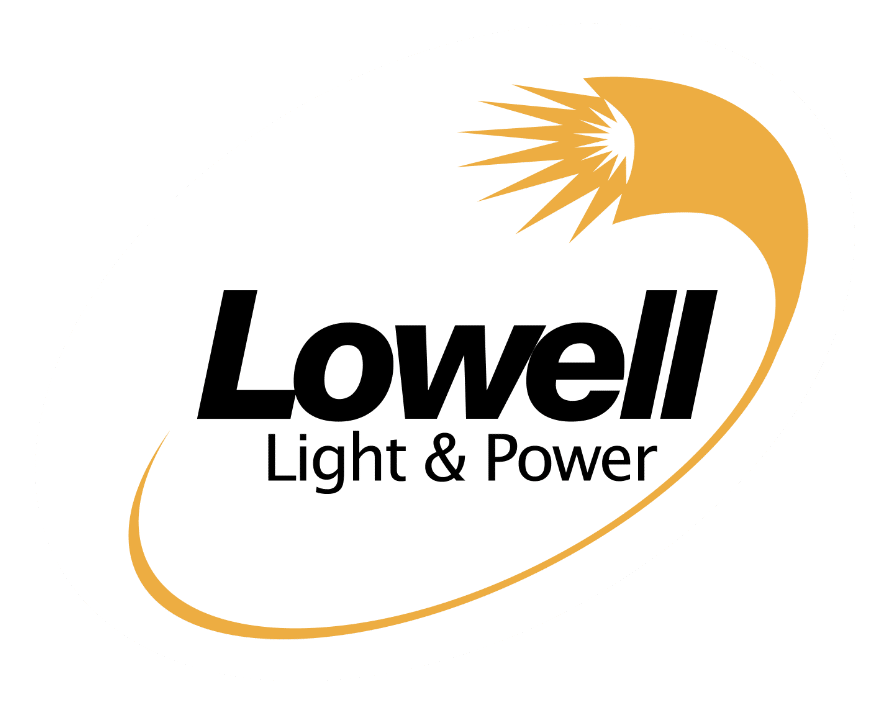Energy Saving and Safety Tips for Your Home
Understanding kWh (kilowatt hour)
- One kilowatt equals 1,000 watts
- The cost of using a 100 watt bulb for 10 hours equals 1 kWh
Our average cost per kWh for the average residential customer is 12¢. To calculate the average cost of electricity, use the example below:
To operate a 40 watt bulb for 24 hours
40 watt bulb x 24 hours = 960 watts
960 watts = .96 kWh
.96 kWh x 12¢ = 11.52¢
Estimating the monthly cost of electric appliances
Wattage x hours used per day x 30 days x rate = estimated cost
- Determine the wattage used by the appliance and estimate the number of hours used per month. Wattage information can usually be found on the back or bottom of the appliance.
- Use the following formula inserting 12¢ for your electric rate and 30 for the number of days in a month.
| Examples of wattage | |
|---|---|
| 16 cubic ft refrigerator | 725 watts |
| coffee maker | 900-1200 watts |
| dishwasher | 1200-1400 watts |
| microwave | 750-1100 watts |
| clothes washer | 350-500 watts |
| clothes dryer | 1800-5000 watts |
| dehumidifier | 785 watts |
The Energy Saver Guide: Tips on Saving Money and Energy in Your Home
This guide, produced by the U.S. Department of Energy Efficiency and Renewable Energy, offers simple tips to help you make your home more comfortable and easier to heat and cool — while you save money. This guide has been updated for 2022 and brings you the latest information on energy-saving, efficient technologies. You’ll even find tips for using clean, renewable energy to power your home.
Download the guide today to start saving money and energy at home and on the road
Home Energy Assessment
Home energy assessments, also referred to as energy audits, can help you learn how you and your family use energy, determine where it is being wasted and where you can save, and prioritize any efficiency upgrades you’d like to make. Upgrades made can save 5-30 percent on your monthly energy bill.
Primary areas of energy loss to evaluate in your home:
- Air leaks
- Ventilation
- Insulation levels
- Heating and cooling equipment
- Lighting
- Appliances and electronics
Energy.gov shares great information about how to conduct your own home energy assessment, and when it’s best to consult a professional.
If you choose to have a professional home energy assessment, you will want to have copies of your yearly energy bills available. You can download or print previous electric bills through our Customer Portal.
Energy Saving Kit
Income qualified customers can obtain a FREE Energy Saving Kit from our office. Call the office or stop in to see if you qualify. Customers may also obtain a voucher for a FREE Energy Saving Kit from Flat River Outreach Ministries.
Indoor Electrical Safety
Extension Cords
- Check the condition of extension cords before use. Look for fraying or cracking along the entire length of the cord and for damage to the plug or sockets. Replace any damaged extension cords.
- Make sure the extension cord that you are using has been certified by a recognized laboratory, such as Underwriters Laboratory, ETL, or CSA.
- Do not overload an extension cord with electronics or appliances beyond its capacity. You can check a cord’s capacity, or rating, by looking at the tag or packaging.
- If any part of the extension cord becomes hot while in use, unplug it immediately and discard it.
- Keep extension cords away from children, pets, and high-traffic areas.
- Do not place extension cords under carpets, rugs, furniture, or other objects.
- Unplug extension cords when they are not in use.
- When using extension cords outside, use only extension cords rated for outdoor use.
Outdoor Electrical Safety
- If you see damaged electric lines on the ground, stay away. Report downed power lines to LL&P immediately by calling 616-897-8402. If you cannot get through, call 911.
- Keep overhead equipment, power tools and ladders at least 10ft from power lines.
- Never use water or blower extensions to clean gutters near electric lines.
- Never fly a kite, mylar balloon or model airplane near overhead wires.
- Do not let children climb trees near power lines.
- Do not use electrical appliances or extension cords in the vicinity of pools.
- Use caution around pad mount transformers. If the green covering around the transformer is damaged, or the lock is broken, stay away and call LL&P immediately.
- Do not landscape around transformers as it restricts access for power crews. Digging near transformers can put you in danger of coming into contact with buried cables.
- Before excavating, call Miss Dig 811 so LL&P can identify the location of underground wires.
- When working around trees, make sure no electric wires run through the branches. If you do see a branch in danger of falling on a power line, please contact LL&P Customer Service at 616-897-8402 to report the service location.
Severe Weather and Electrical Safety
- Never enter flood water – on foot, in a car, or in a boat. Flood water can hide electrical hazards.
- Do not enter a flooded basement if outlets, appliances, or cords are water covered.
- Do not touch electrical equipment, wires, switches, or fuses if you are wet or standing in water.
- Be careful around downed branches and debris, which may hide dangerous electrical equipment.
- Do not use electric yard tools if it is raining or the ground is wet.
- Repair or replace water damaged electronics.
- Have an emergency preparedness kit, which should include enough water and food for three days, flashlights, batteries, blankets, and a first aid kit.
Electrical Safety Wookbooks (FREE)
Since 1994, ESFI has led the way in promoting electrical safety across North America. Their mission is to prevent electrically-related injuries, deaths and fires; saving lives and property through public education and outreach. These three downloadable workbooks are available free of charge from ESFI.
ESFi Electrical Safety Workbook
Know the Dangers of Your Older Home Workbook ENGLISH
Know the Dangers of Your Older Home Workbook SPANISH
Generator Safety
Standby Generators:
- Standby generators are wired directly into the home and can be sized to match the electrical demands of the home or building.
- A permanently installed standby generator must have an approved transfer safety switch to avoid feeding electricity back into the electrical system, creating what’s known as “back feed.” Back feed is dangerous for line workers as well as anyone who may be near downed power lines.
Portable Generators:
- Portable generators do not permanently attach to the home and can power only the appliances that are plugged into the generator, so consider essential electrical needs when choosing.
- To avoid back feed into the utility electrical system, the portable generator should never be plugged directly into the home. Start your generator before you plug anything in.
- Operate generators in a dry, open, well-ventilated location as they emit carbon monoxide, a colorless and odorless gas that can be deadly at high concentrations.


